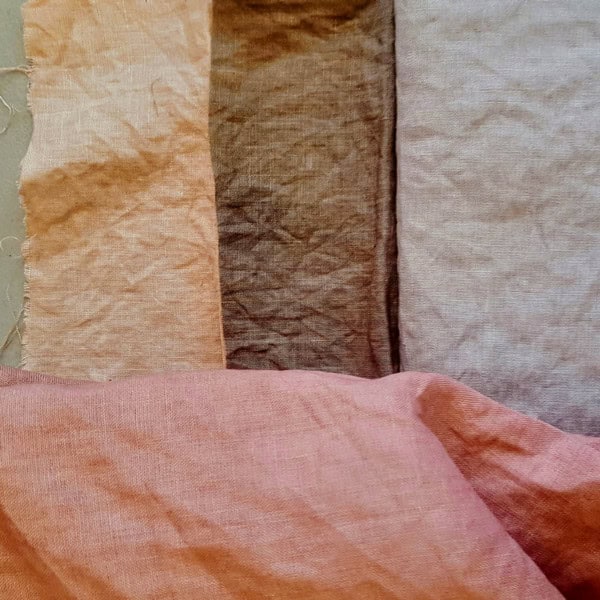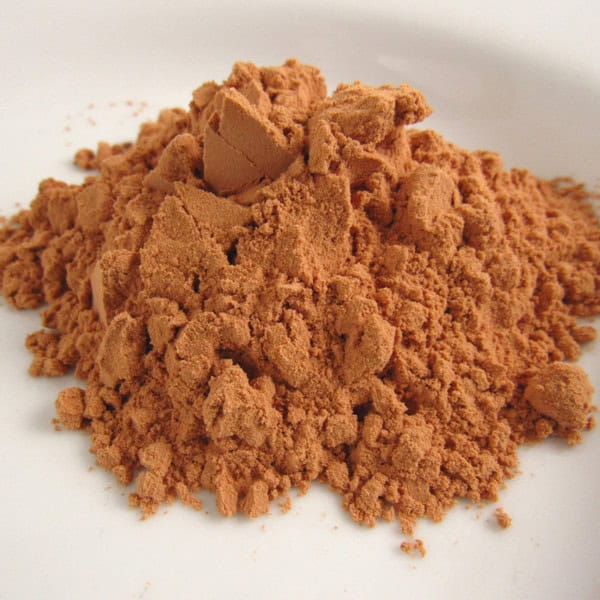This week: Bundle dyeing with zinnia flowers and a spotlight on, and recipe for, versatile wattle dye.
Each week, we are emailed with questions from our natural dye community asking simple and complex questions that we thought might be worth sharing. Here are a handful from this week answered by natural dyer in chief, Kathy Hattori, Founder of Botanical Colors:
I love that you are now selling zinnias! Do they dye well in a bundle dye?
Zinnias make a medium, bright yellow shade, so add a more subtle tone to a bundle dye. Since they are dried, the pink tones from the petals don’t transfer as well as fresh flowers to the fabric but they are still very fun to use!
What color does wattle make?
I have to admit that I was a total snob about wattle for a long time because it’s a rather modest dye and my natural dye upbringing was heavy on cochineal and logwood. So it’s taken me awhile to explore it and I am really impressed with how it performs with some beautiful warm rose shades along with a lovely lavender-gray and a dark nutmeg shade. Wattle is also called Black Acacia and is native to Australia and Tasmania. It is used largely in the leather industry as it’s full of tannins. I’m including a few recipes to try it – we were so pleased with its results. Higher percentages of iron will darken the shade to a medium gray and combinations with small amounts of madder or lac will yield beautiful mid-tone peachy coral and deep rose shades. Mordant cellulose fibers with aluminum acetate and wheat bran or calcium and protein fibers with aluminum sulfate.

Warm Rose (swatch at bottom)
20% wattle,
Grayed Lavender (swatch on right)
20% wattle and 0.5% iron combined in the dye bath
Light Peach (swatch on left)
10% wattle
Nutmeg (swatch in the middle)
10% wattle
1% iron afterbath

